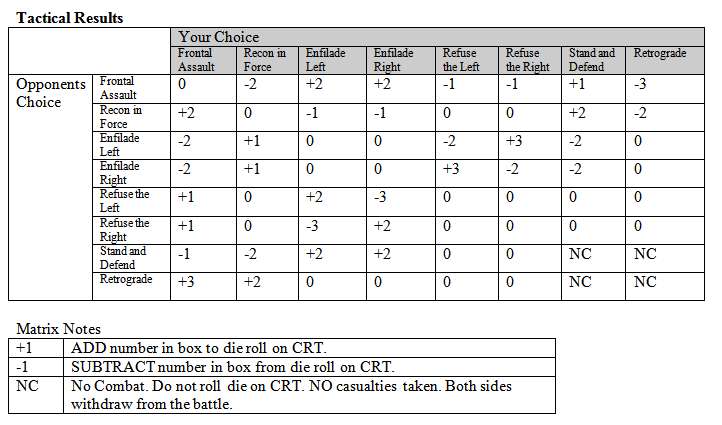Optional Rule: Ship Types
Combat (Modified for Ship Types Optional Rule)
1. In each combat round units attack in a specified order, using a fixed priority of target types, with target damage applied from each attack before the next unit fires. The phase ends once all provinces have no opposing forces in them.
2. Ship Capabilities
a.
Dreadnaught (DN) - Dreadnaughts posses heavy armor, weapons and extensive defensive systems. The game represents the beefed up defense by the use of a ‘shield’ token in battle. The first hit on a DN in a battle removes the ‘shield’ token from that ship.
b.
Carriers (CV) - At the start of a battle, each carrier deploys two ‘fighter (FTR)’ units for combat. In addition, while not as heavily armored as DN’s, CV’s do have a lot of protection, represented by the use of a ‘shield’ token in battle. The first hit on a CV in a battle removes the ‘shield’ token from that ship.
c.
Cruisers (CA) - When evaluating range attrition, add one to the die roll for a cruiser. (They are designed for long-range operations).
d.
Scouts (SC) - When evaluating range attrition, add one to the die roll for a scout (They are the other long-range ship type).
(i). If one or more Scouts are present at the start of a round of combat, determine the Electronic Warfare CA (EWCA).
(ii). Find the difference in the number of Scouts between sides. That is the EWCA.
(iii). If a die roll is less than the EWCA, the side with more Scouts gains a +1 to their To Hit rolls for that round.
(iv). When a Scout hits a DN or a CV, roll a die. On anything but a one or a two, apply the damage as normal; otherwise, the shot was an effective miss (light weapons).
(v). When firing at a CA, the light weapons effect applies only on a result of one. No modifiers for any other type of target.
e.
Fighters (FTR) - Small, agile, intelligently piloted craft using short ranged ship killing ordnance with extensive counter fighter weapon systems. While capable of destroying even a DN, the craft have a high mortality rate and short weapons range. Thus they seldom last long enough to launch an attack on a capital class ship.
3. Target Priority.
a. Ships follow a set sequence of target types they will engage, in numerical order. Ships of a given class will not target a higher numbered class of ship if a lower one is present.
b. The following chart displays this for the various ship types.

Basically, CV’s are protected as much as possible by the other ships of the side, followed by the DN’s.
4. Firing Priority. Determines who shoots first and assesses damage in a combat round.
The firing order is first DN, followed in order by CA, CV, SC, and finally the FTR.
5. Changes to the Combat procedures.
a. While there are provinces with opposing units in them, the GM selects one of those randomly.
b. At the start of a Battle in a province, the GM adds ‘Shield’ markers to the CV’s and DN’s. and deploys two FTR's for each CV in the battle.
c. If there are still ships of opposing sides in the province, the GM starts a new round of combat. Else the GM returns to step a.
d. The GM adds an ‘Attack’ token to each ship.
e. The GM randomly selects a ship with an ‘Attack’ token from among those in the highest firing priority present with ‘Attack’ tokens remaining. The GM removes that ship’s ‘Attack’ token.
f. Following the selected ship’s Targeting list, the GM selects a random target from those appropriate.
g. The GM rolls a die, and adjusts the result according to the applicable modifiers. If it is a ‘hit’, then the GM applies the damage to the target.
h. If there are ships in the battle with ‘Attack’ tokens remaining, the GM returns to step e. Otherwise the GM goes to step c.




